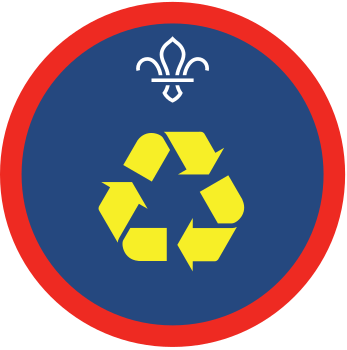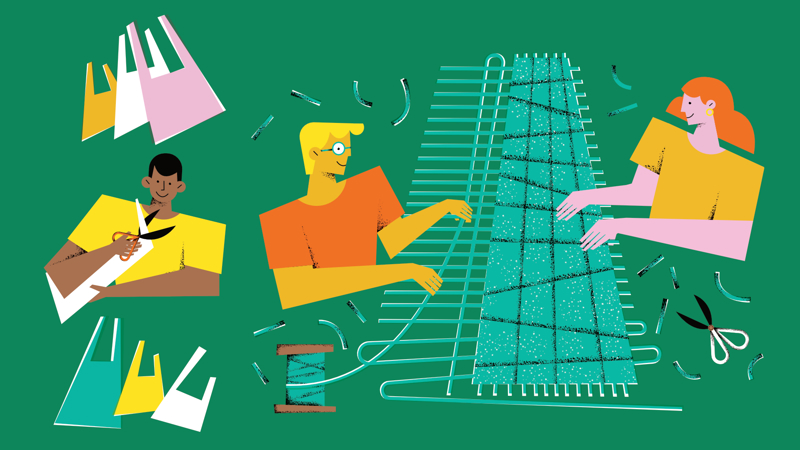
Weave goodbye to waste
You’ll need
- Rulers
- Scissors
- Pens or pencils
- A4 card
- Variety of old plastic bags and fabrics to weave
Before you begin
- Use the safety checklist to help you plan and risk assess your activity. Additional help to carry out your risk assessment, including examples can be found here. Don’t forget to make sure all young people and adults involved in the activity know how to take part safely.
- Make sure you’ll have enough adult helpers. You may need some parents and carers to help if you’re short on helpers.
Getting ready to run this activity
- Collect old plastic bags that would otherwise be thrown away. Have the group bring with them to the meeting any old plastic bags they can find too. Encourage everyone to look for different coloured bags, so that the group can make multi-coloured mats.
- Collect scrap fabric or other materials that can be cut and woven. These can be used if no-one can find plastic bags.
Run the activity
- Split everyone into small groups. Give everyone a couple of plastic bags each and scissors.
- Everyone should cut the handles and bottom edges off their bags. They should then cut up one side of each bag lengthways, so that the bags can be opened out into large, flat rectangles.
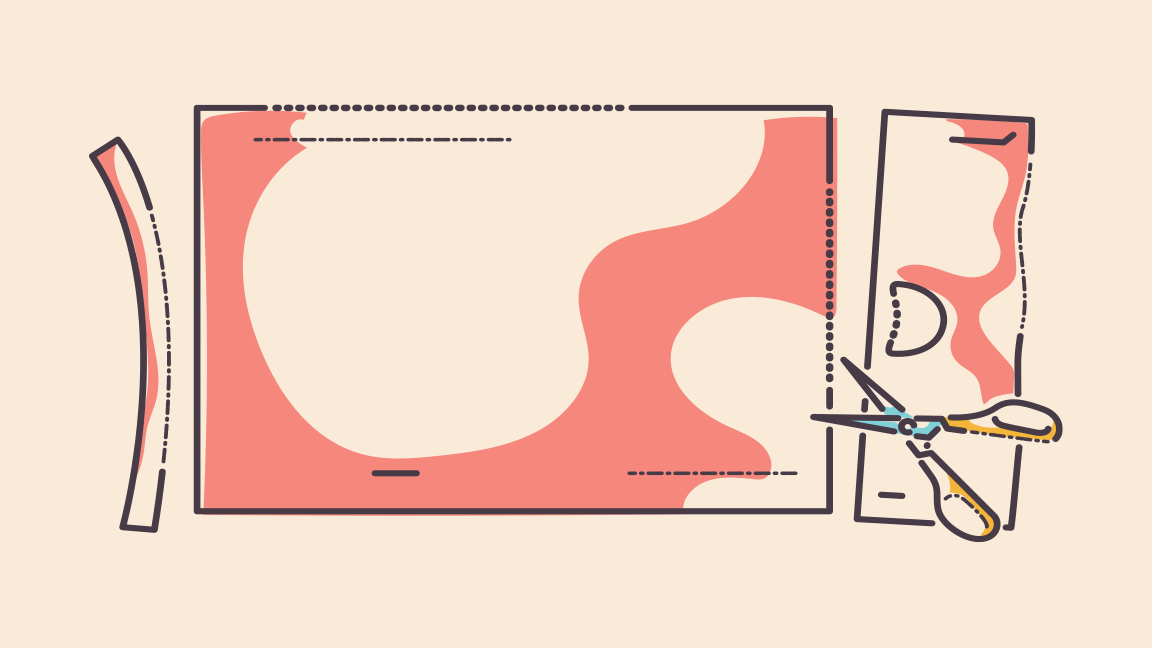
- Give out rulers. Starting from five centimetres inward from the bottom left corner, cut upward in a straight line until you get 0.5 centimetres from the top corner. Turn the bag 90 degrees anti-clockwise. Cut up the side of the bag again, stopping five centimetres from the next edge as before. Continue in this way until each bag has been cut into a long, spiral strip.
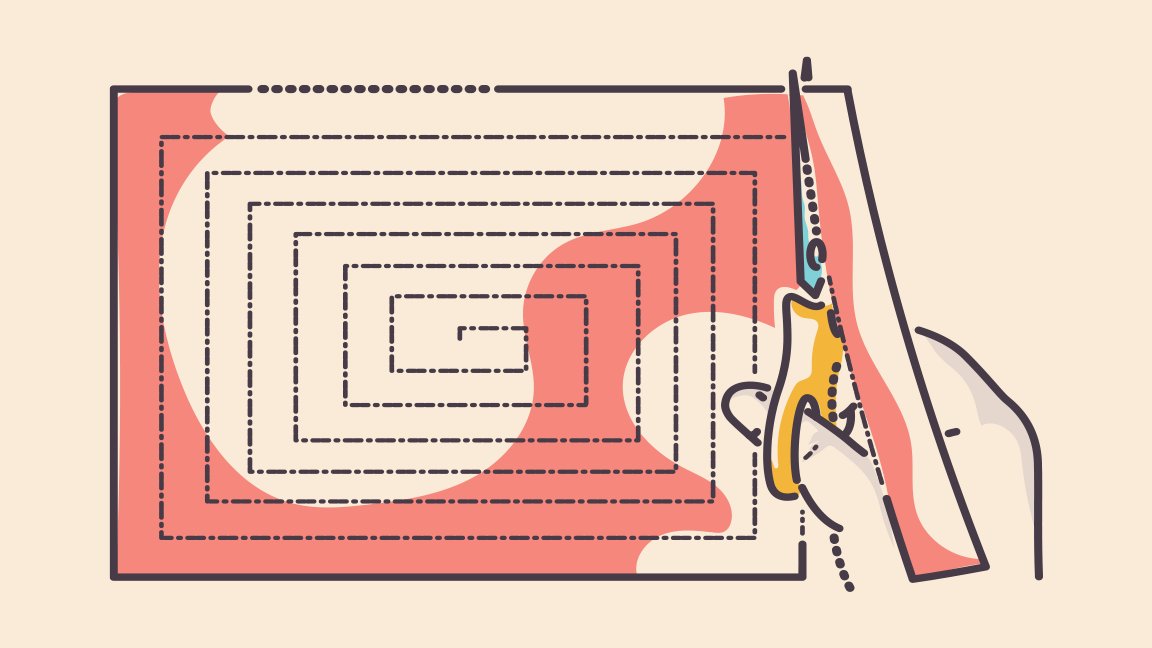
- Give out pens and pieces of cardboard to each person. Make ‘looms’ to weave the mats by marking the two long sides of the cardboard every three centimetres. With scissors, make three-centimetre cuts where the marks are.
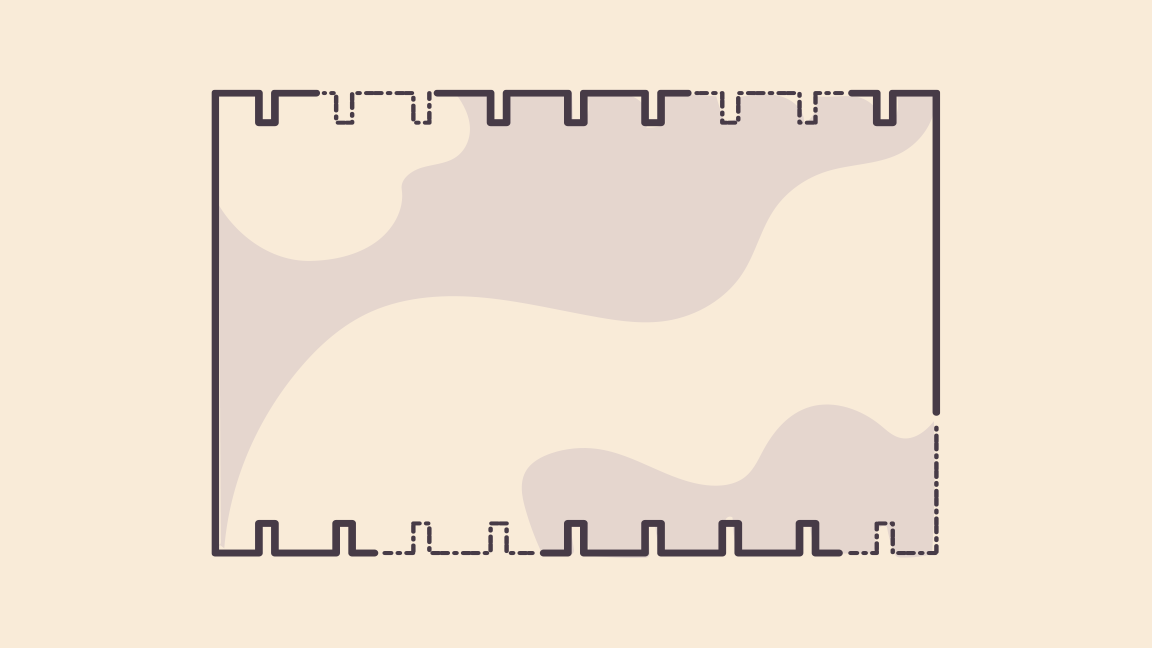
- Take a plastic strip. Leave an end long enough to tie up, and poke the other end through the first cut on the left edge. Take the end to the first cut on the right edge, round the back and then back through the second cut on the left edge. Continue until you have passed the strip through all the cuts.
- Turn the cardboard over and tie the two end pieces together securely. Check that the strips are neatly lined up on the other side and turn the cardboard so that they run top-to-bottom.
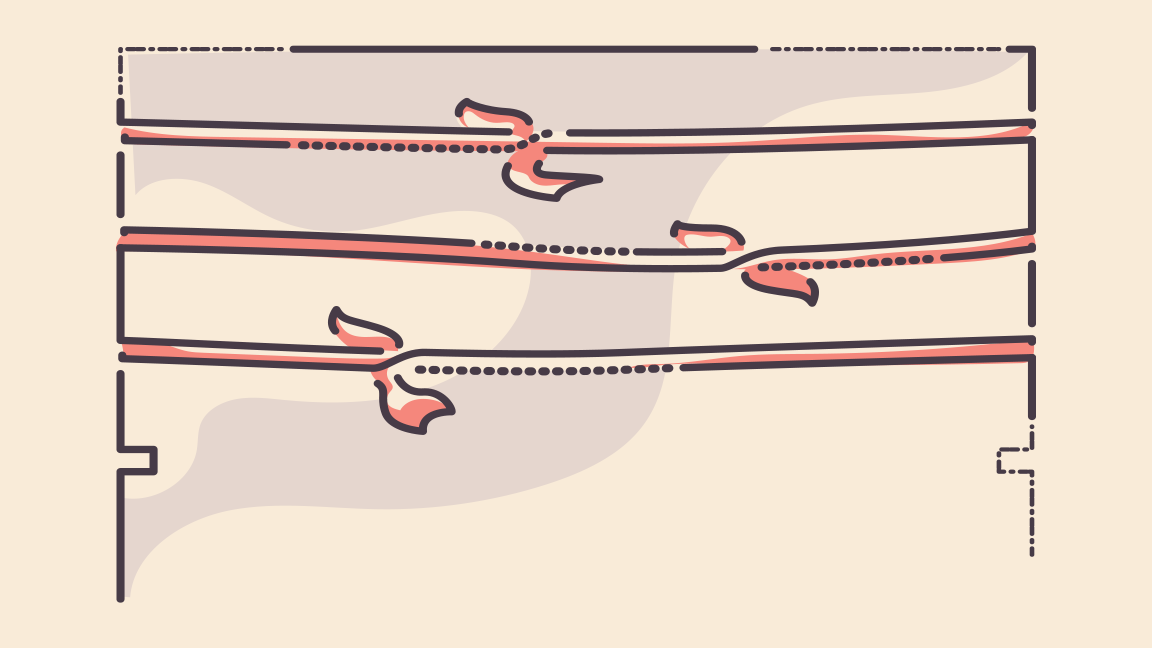
- Weave away! Start in the top left corner again, tie another strip onto the first one and wind the other end over and under the first strip to the opposite edge. Then repeat the process going back the other way, winding over and under. As before, if your strip runs out, tie another one on and continue weaving.
Try to keep the weaving as tight as possible without bending the cardboard too much. Push the patchwork of plastic up to the next row to keep everything taut.
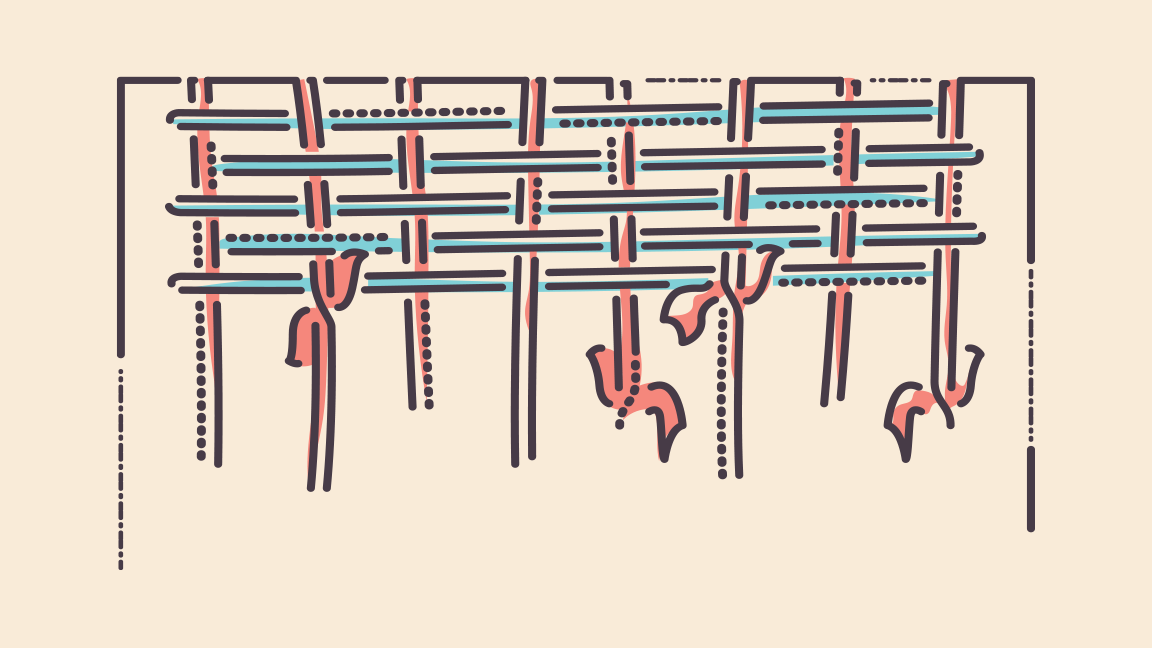
- When all of the rows have been woven, use scissors to cut the strips where they’re tied round the edges of the cardboard. Carefully remove the cardboard and tie the cut ends together. Try to keep the weaving as tight as possible.

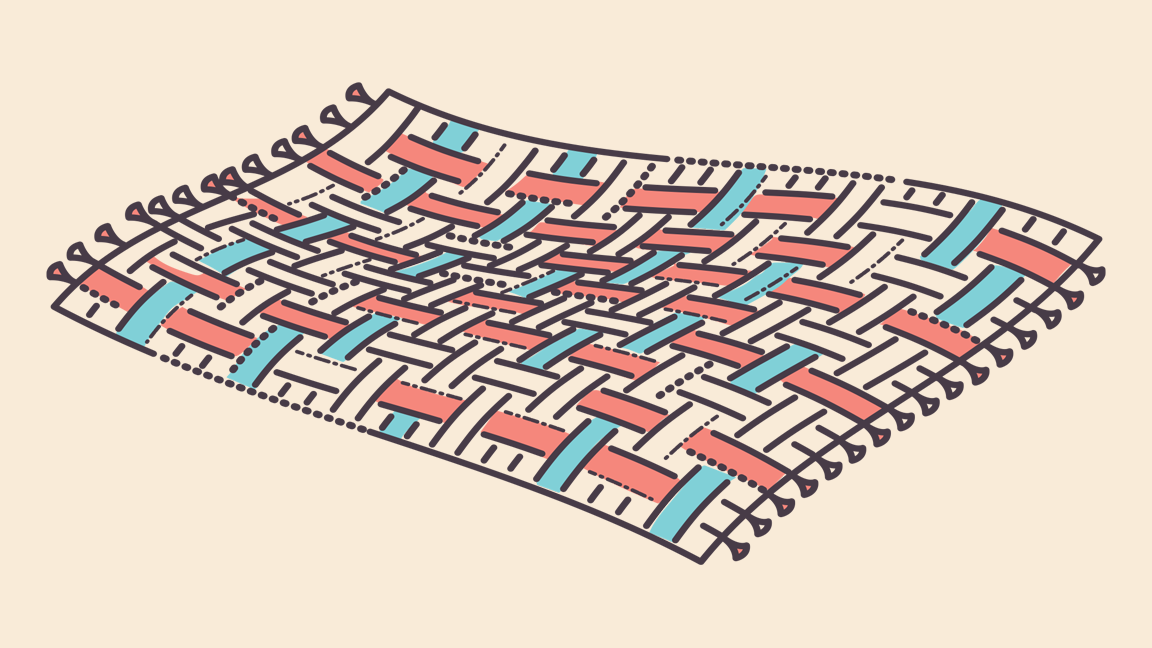
Reflection
While plastic has its uses, it takes a very long time to break down when thrown away. It also harms wildlife and release chemicals on land and in water. We need to find as many ways as possible to reuse plastics. What uses does plastic have and why do you think it’s a good material to make mats out of? What might you do with plastic bottles and other containers to re-purpose them?
Safety
All activities must be safely managed. You must complete a thorough risk assessment and take appropriate steps to reduce risk. Use the safety checklist to help you plan and risk assess your activity. Always get approval for the activity, and have suitable supervision and an InTouch process.
- Scissors
Supervise young people appropriately when they’re using scissors. Store all sharp objects securely, out of the reach of young people.
- Rubbish and recycling
All items should be clean and suitable for this activity.
Groups who finish quickly could weave their mats together into one large, group map. First ones to get everyone in their group sitting on their mat win!
- Clips and paperweights might help weigh things down. Another pair of hands is always useful to keep weaving taut.
- Change the number of cuts in the loom to make the weaving less fiddly.
All Scout activities should be inclusive and accessible.
If you have more than just plastic bags, make strips of your other materials and weave these into your mats. The more we can recycle, the better! Make these strips the same length and width as your plastic bag strips, for an even weave.


